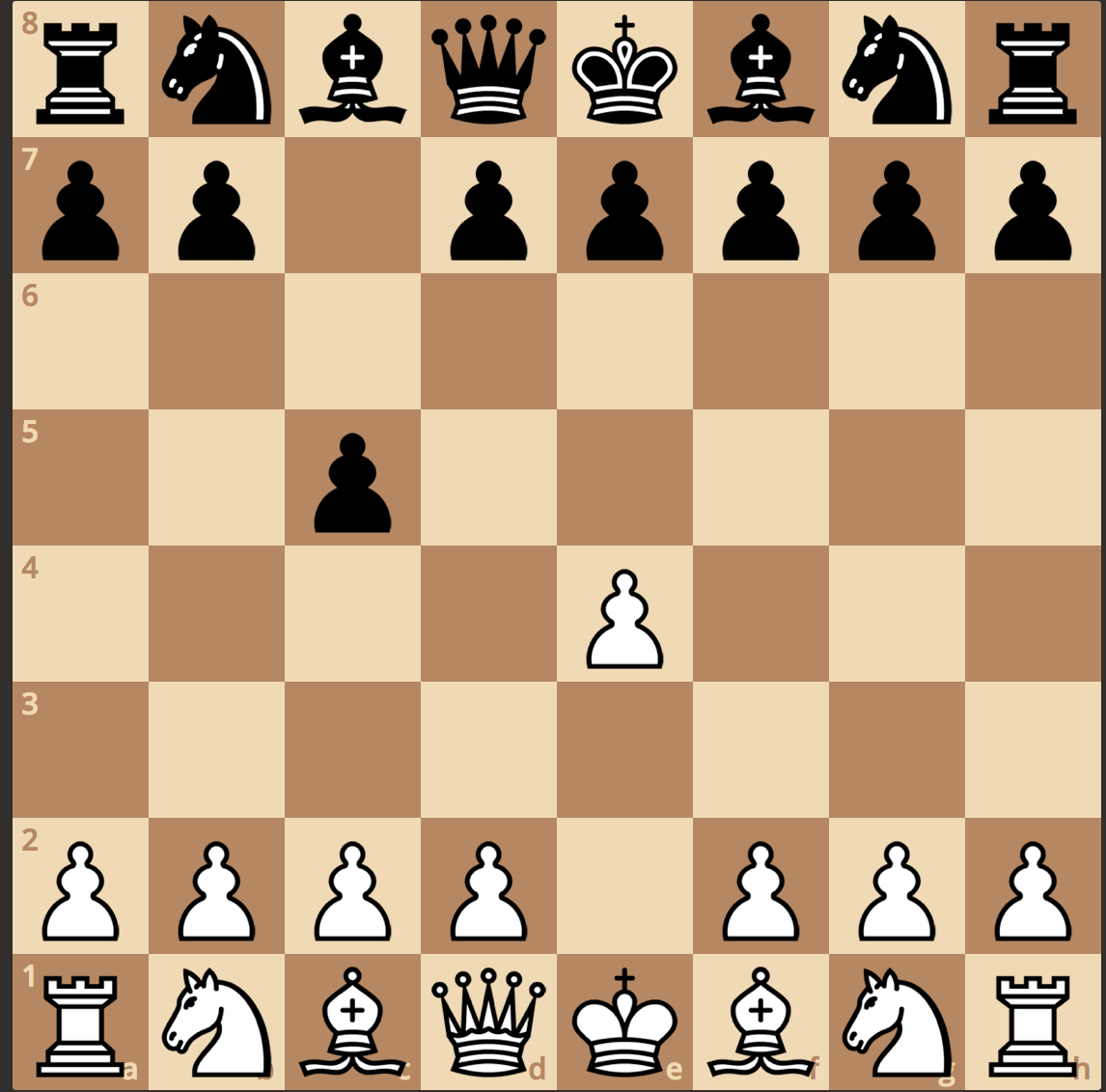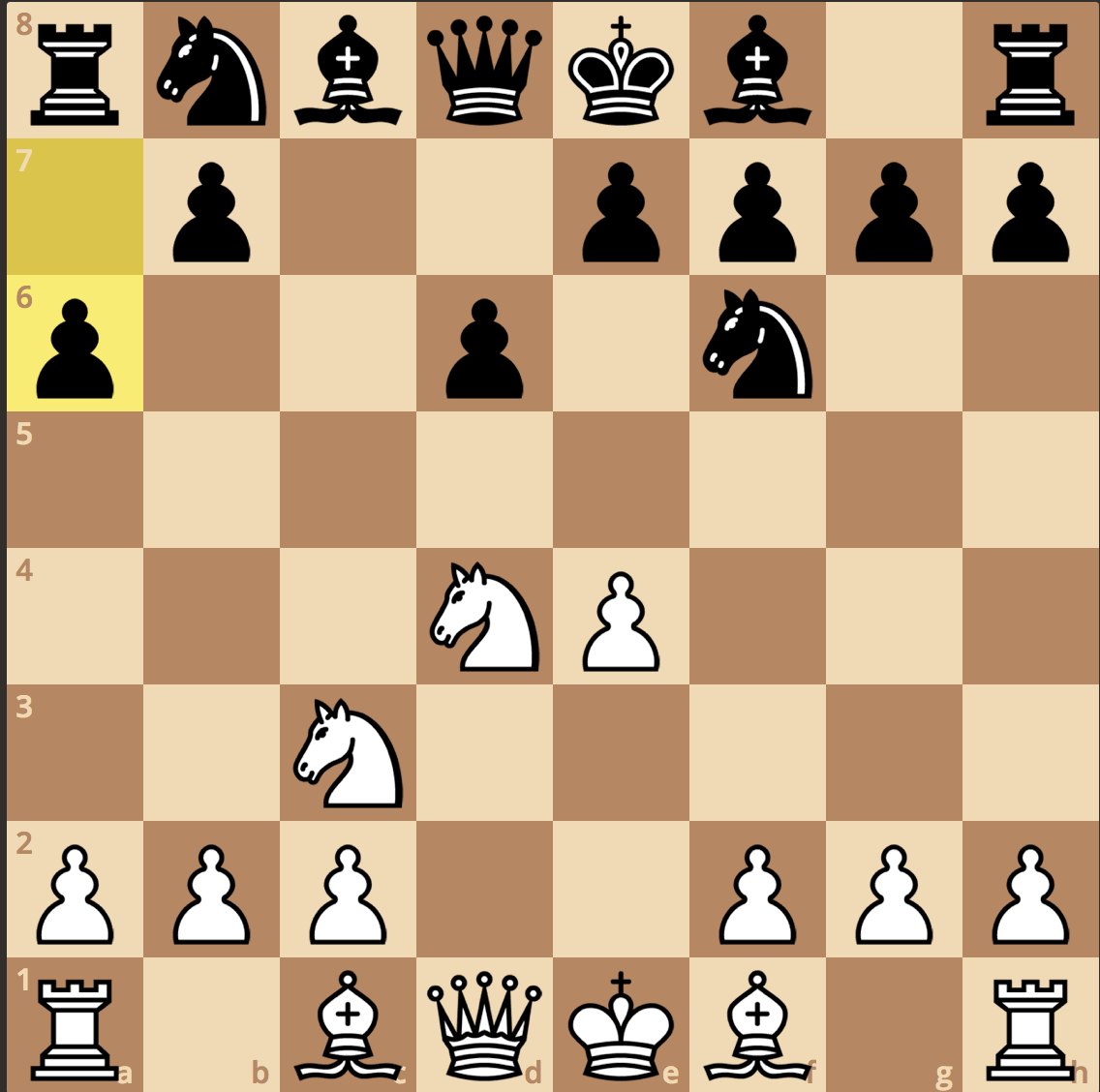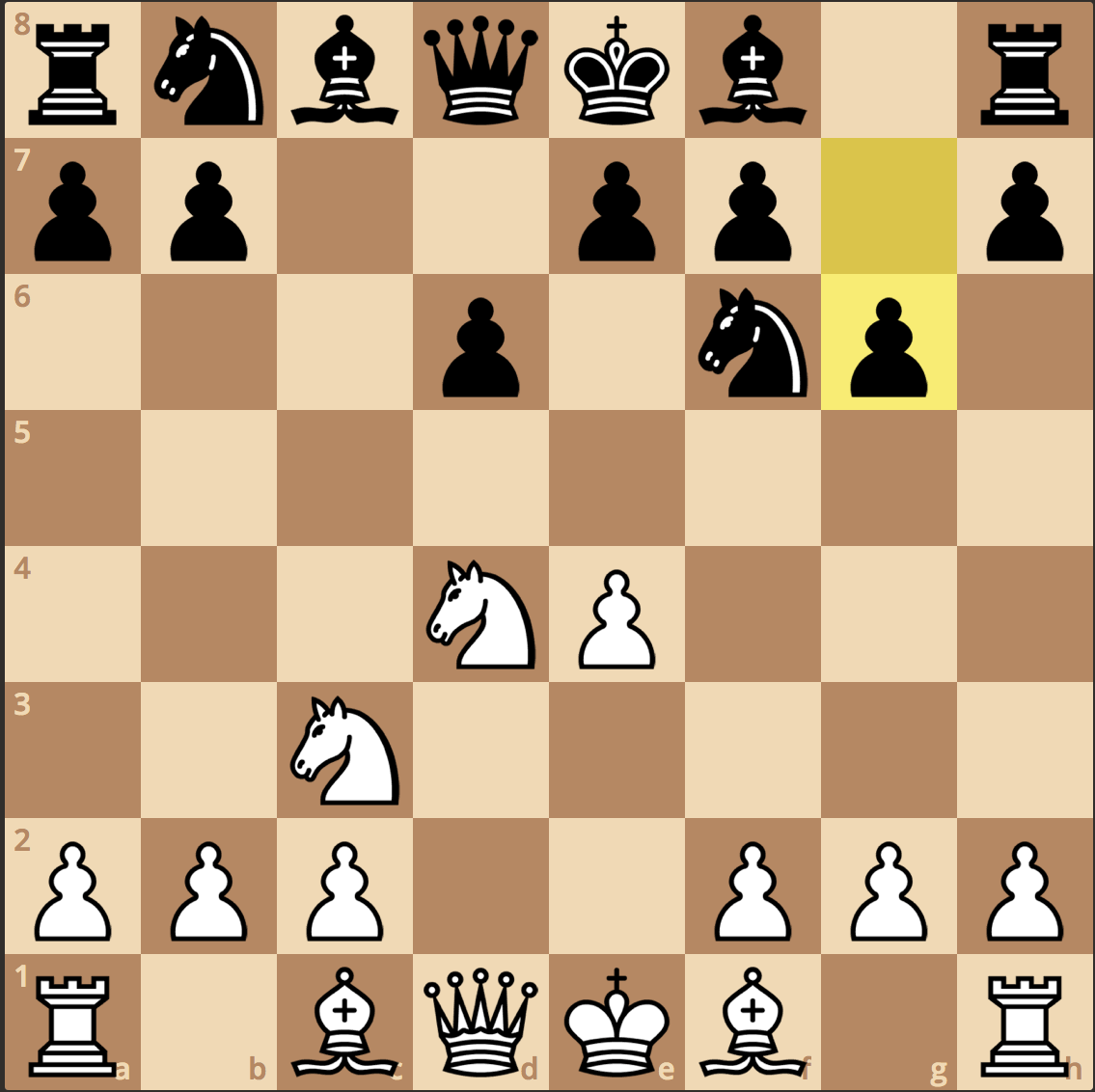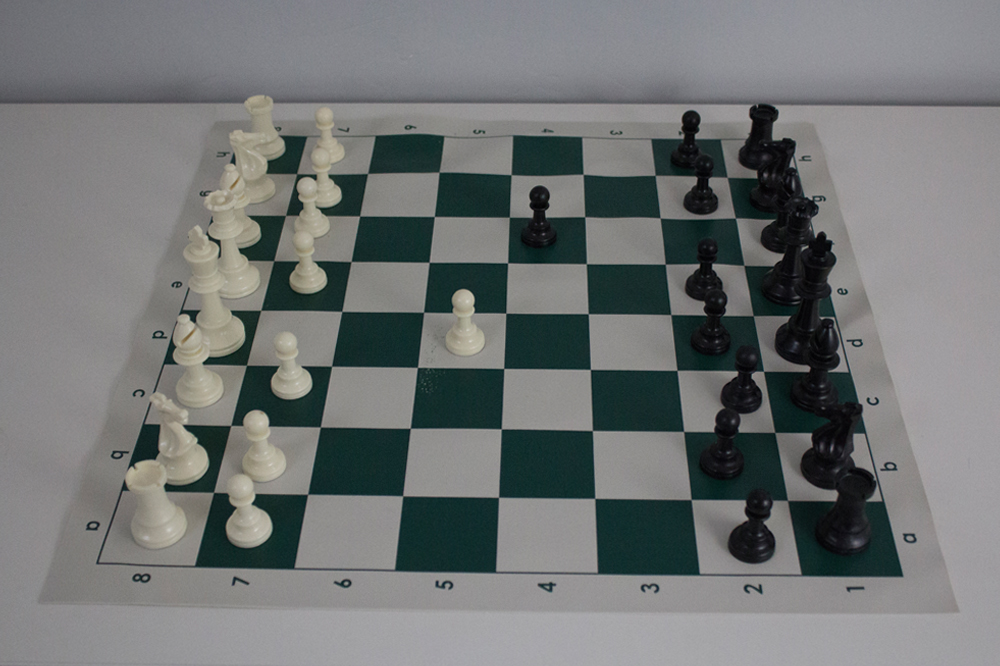Hello readers! Brian here, and today we are going to talk about the Sicilian Defense. This is the sharpest defense when one’s opponent (in the case below, White) makes their first move to e4. Statistics show that this defense played by Black will favor the darker color compared to any other defenses to e4. Famous chess players who play have played (and continue to play) this are Hou Yifan, Garry Kasparov, Judit Polgar, Emanuel Lasker, Frank Marshall and most grandmasters today.

The Sicilian Defense starts as follows: 1.e4 c5
- This opening was named after the city in Italy, Sicily. Though, back it in the old days when Jose Raul Capablanca stated that after 1.e4 c5 that “Black’s game is full of holes,” many players kept playing the defense, and eventually it was declared Black’s best defense.
- The point of the Sicilian Defense is that when c5 is deployed, it controls the d5 square, preventing white from pushing his d2 pawn to d4 and taking over full control of the center. Almost all of the games with the Sicilian have the C pawn traded with White’s D pawn, thus granting Black with a central pawn advantage.

There are two famous variations I will be talking about in this post: The Najdorf, and the Dragon Variation.
The Sicilian Najdorf
- The moves are 1.e4 c5 2.Nf3 d6 3.d4 cxd4 4.Nxd4 Nf6 5.Nc3 a6. The move a6 signifies that the Sicilian is headed toward the Najdorf.
- This variation is named after the Polish/Argentine Chess Grandmaster, Miguel Najdorf.
- My thoughts on the Najdorf: It is by far the best variation for the Sicilian and the most reliable. It offers a lot of attacking opportunities, but it also requires the player to know a lot of theories and sharp positions. Sharp positions are when every move is crucial because if it is not a good one, the game will potentially be lost.

The Sicilian Dragon
- The moves are 1.e4 c5 2.Nf3 d6 3.d4 cxd4 4.Nxd4 Nf6 5.Nc3 g6. The move g6 signifies that Black is going to fianchetto their dark-colored bishop along the h8-a1 diagonal. Fianchettoing is when a player places their bishop either on b2, g2, g7, or b7. That allows that bishop to control a very long diagonal.
- This is named the Dragon Variation because it resembles the constellation Draco.
- This variation is played very often by Women’s World Champion Hou Yifan when she plays the Sicilian.
- My thoughts on the Dragon: I think it can be very good, even though Black does not use this move to take control of the center. That is, because when the bishop lands on g7, it will control a long diagonal through h8 and a1.
My Experience Using the Sicilian Najdorf and the Sicilian Dragon:
I played this game with the white pieces, therefore my opponent was playing black, employing the Sicilian Najdorf. There are more comments on the diagram itself, but the turning point in the game was on move 19 when Black captured my knight on f6. That allowed me to set up an easy attack on Black’s kingside. Also, another aspect that let me attack was having both my rooks very active. A thing I learned from this game is that you should develop your minor pieces in the opening.
[iframe src=”http://www.chess.com/emboard?id=3072656″ width=”565″ height=”290″ style=”float:middle”]
I played Black, and against a higher-rated opponent, I decided to play the Sicilian since it is one of the sharpest defenses. The game was going well for me because I had a decent amount of space and was able to fianchetto the bishop on g7. In the beginning of the game, I was thinking a lot and that later came back to haunt me when White made an amazing queen sacrifice on move 25. Looking back at this game, if I wasn’t in time trouble, I would have probably calculated better and wouldn’t have captured the queen. Just in case you’re wondering, on move 37, my queen could not have captured the queen-to-be pawn because White would just go Rf8#, and that would end the game. I learned from this game to not think for too long, because after all, it’s just blitz.
[iframe src=”http://www.chess.com/emboard?id=3072686″ width=”565″ height=”290″ style=”float:middle”]
That’s all for this post, stay tuned for my next post on The Italian Game. ‘Till next time, goodbye.





